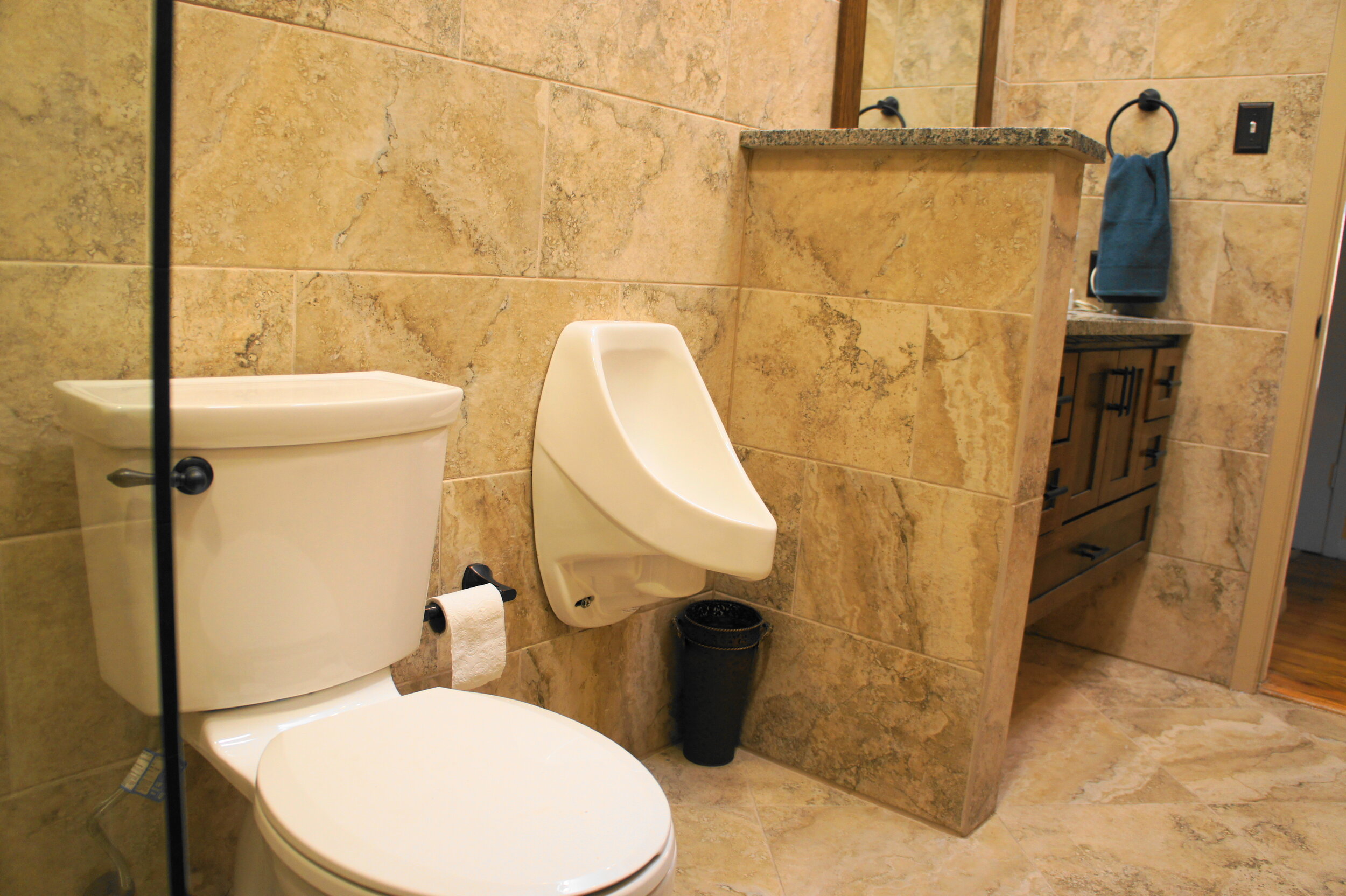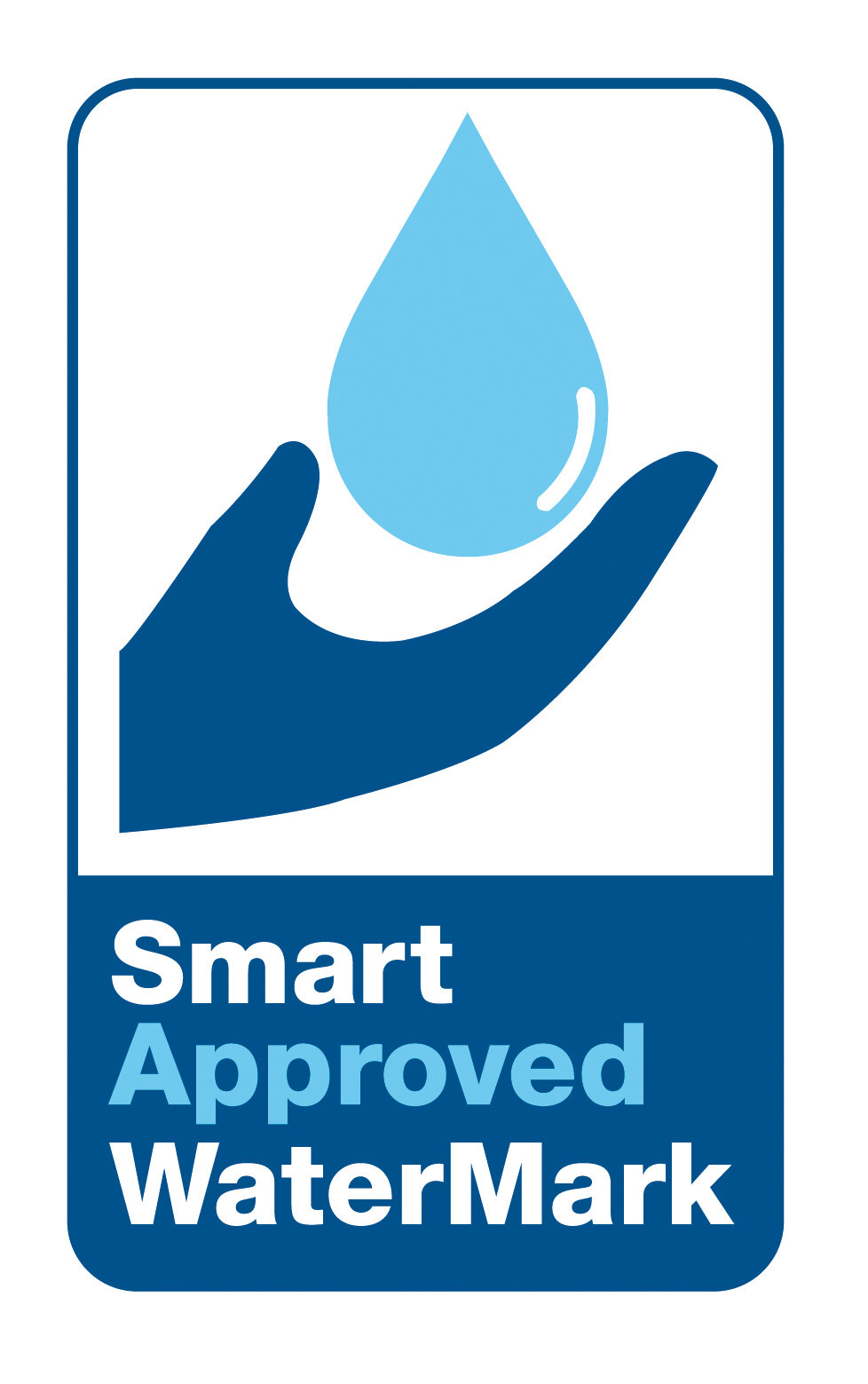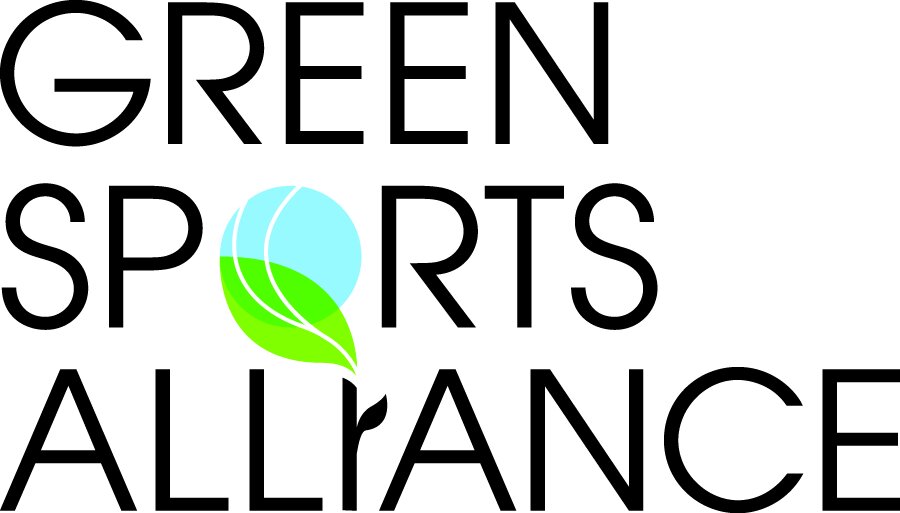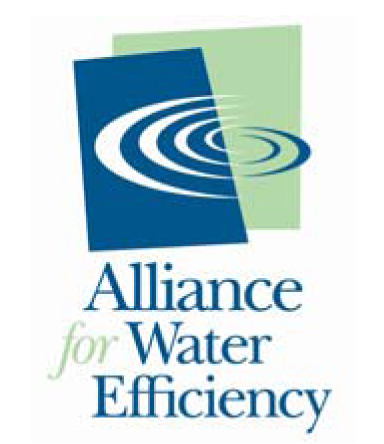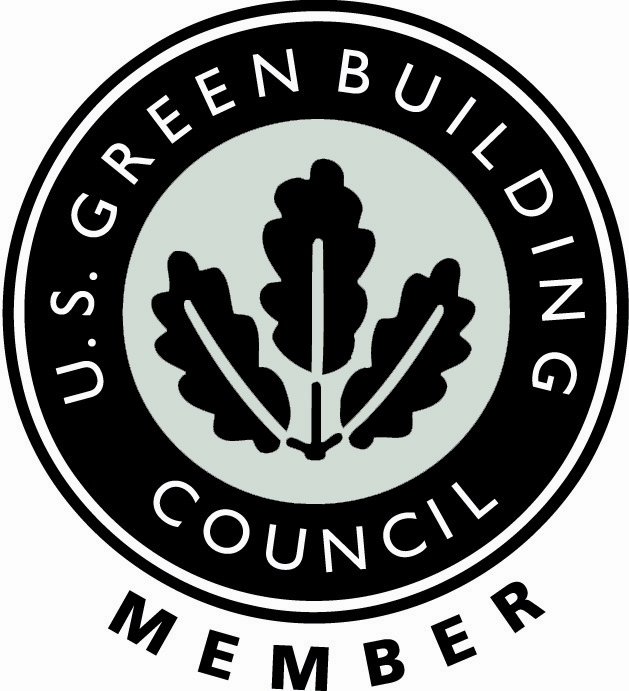For those that don’t know, there’s a song called “Who Ya Gonna Call?” It was released in a Ghostbusters movie more than 25 years ago and quickly shot to the top of the charts.
Unfortunately, when building owners and managers ask, "who ya gonna call," it has nothing to do with a song. Instead, it is an expression many ask themselves when they have water problems in their commercial facility.
This has been elevated with COVID-19. because problems with water may also trigger liability issues.
So, let us use this blog to answer some questions building owners and managers may have regarding water matters. Further, we can suggest who is responsible for correcting them if needed.
Stagnant Water. In another blog, we discussed some of the problems that can result due to stagnant water. If your facility is now reopening, for instance, and stagnant water is an issue, this is your responsibility to rectify, not the utility company.
Treating and Delivering. The utility company is responsible for treating the water, ensuring it is potable, and delivering it. After that, it is yours.
Condition of the water. You might think the utility company is responsible for the “condition” of the water. This often refers to whether the water is hard or soft. “Hard water” contains a lot of calcium. “Soft water” tends to have more sodium.
The condition of the water is your responsibility. Once it is delivered, if you want soft or hard water, you will need to purchase equipment that turns the water into the condition you want. Note: Hard water is often better for drinking; soft water better for cleaning.
Safety of the water. Right now, this is a question being asked by many people, again due to COVID. Is the water safe to drink? Does it contain traces of the virus? Currently, there are no specific government guidelines involving ways to ensure water safety as it pertains to the virus. However, this is the utility company's responsibility, and most are actively taking steps to ensure water quality and safety.
Liability issues. This can be complicated when it comes to water. If the water delivered to a facility contains an unhealthy amount of lead, as happened in Flint, MI, then the utility company is liable for any health consequences that materialize. But what if the water delivered is potable and healthy but contains an unhealthy amount of lead when consumed by building users? Liability issues are now shifted to building owners and managers. The problem is most likely due to pipes and plumbing in the building.
When it comes to reopening a facility, after being closed for a long duration, building owners and managers are responsible for the quality and safety of the water in the facility. One thing building owners/managers can do to help protect themselves should problems arise, is to document all steps they have taken to ensure water quality.
Further, "messaging" may be necessary. Post messages in restrooms, food service areas, and wherever water using devices are installed, urging users to run the water for a few seconds before using. This will help flush any sediment or contaminants through the pipes, ensuring only safe, healthy water is dispersed.












